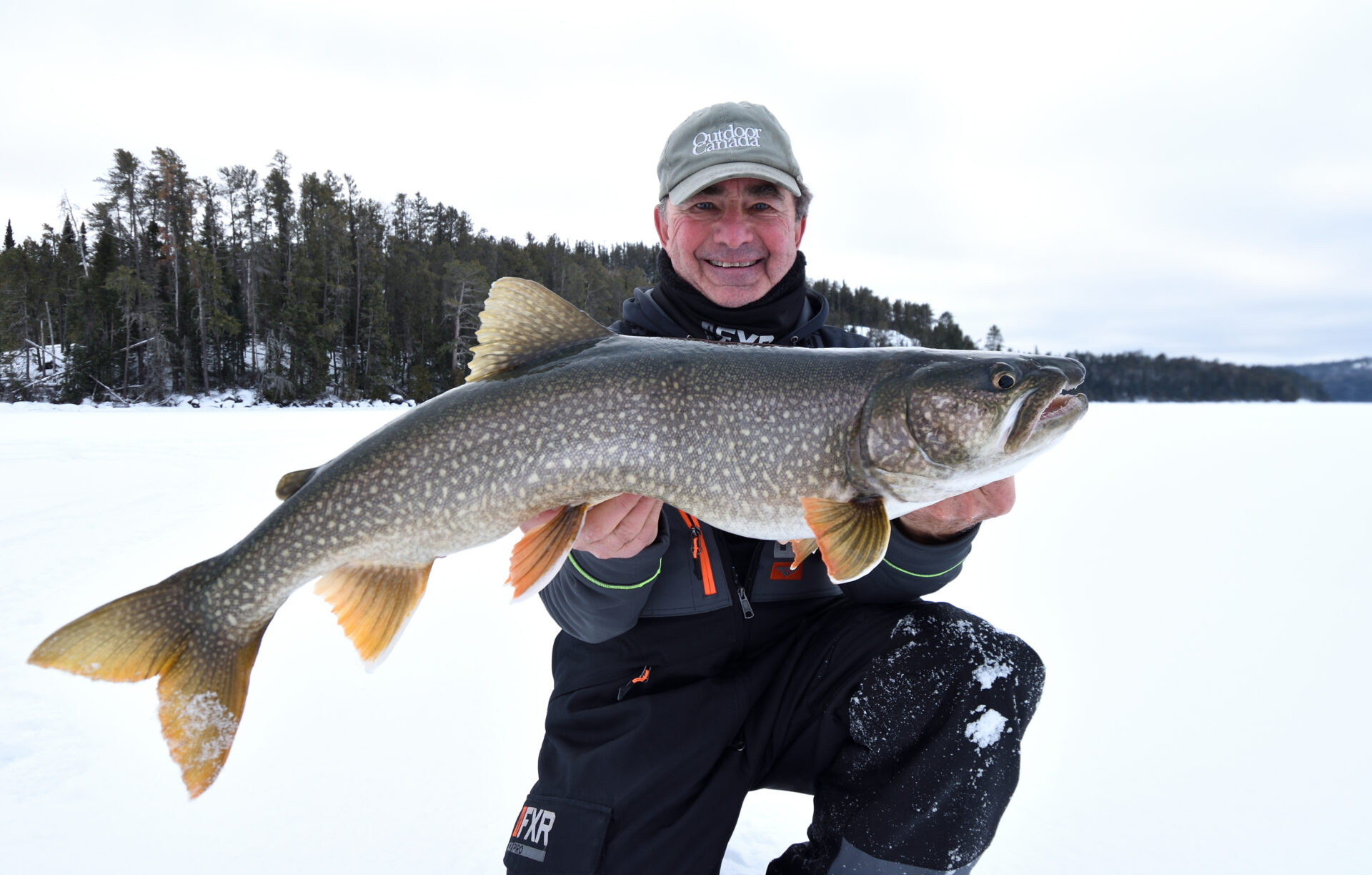TROLLING FOR WINTER LAKE TROUT
Advertisement
I had the boat winterized on Thursday, pulled the pop-up ice shelters from underneath the back porch on Friday and then put together the seminars for the Ultimate Ice Show on the weekend (if you’d like to go, see the discount codes below). So, the 2024 ice fishing season has officially begun.
And once we get on the ice, there’s nothing we are looking forward to more than aggressively trolling—running and gunning—for lake trout. There’s just something about watching your lure on the sonar screen, and suddenly seeing a huge trout blow in, with its wide pectoral fins splayed out to the side, like a great white shark. You start pulling your lure away from it to make it chase, watch it overtake your bait and… POW! You feel it slam your lure and, and then see your rod buckle over like a palm tree bowing in a hurricane.
Advertisement
But trolling for lake trout in the winter is not a mindless game, where you simply keep moving and drilling more holes. Rather it is a carefully put together plan, where you look for several prime structures including underwater points, bars, shoals, constricted channel-like areas between islands and walls.
Walls, or bluffs, are overlooked by many lake trout anglers but the big dwellers of the deep love to push balls of bait—ciscoes, smelt and lake shiners—up against the plunging granite walls, and corral the schools of confused prey.
Advertisement
Our favourite winter laker spots also offer the trout two different options. That is, they can cruise up shallow on top of the point, bar, or shoal and pick off perch in say, 30 feet of water or, for option two, swing out deep, and nail suspended ciscoes in 60, 70, even 80 or more feet of water.
Because we’re often drilling six to eight holes on 10 or more spots over the course of the day—that’s close to 100 holes in total—you want a light, sharp, rugged ice auger that doesn’t wear you out. An eight-inch hole is the smallest I’d recommend, a nine-inch is better, and a 10-inch is best, especially if you’re fishing big-trout locations in a big-trout lake.
Advertisement
Something else we’re always mindful of, is not drilling all of our holes over the same contour, but rather over different depths like 40, 50, 60 and 70 feet deep. Sonar is also critical, and not just to tell you when a trout is about to smack your lure. Over the course of a day on the ice, you’ll see far more baitfish than trout, so use the ciscoes, smelt and shiners as a guide to tell you what depth you need to be straining.
Last but not least, remember that lake trout don’t school up and move around the same way as walleyes, crappies and yellow perch. But they do hunt in wolf packs. So, when you catch one, you can almost guarantee that there are another two, three or four prowling nearby.
See you at the Ultimate Ice Fishing Show this coming weekend at the International Centre in Toronto. We’re presenting seminars both days at noon, and if you book your tickets online, use promo code GORDPYZER or LIAMWHETTER and you’ll get a $2.00 discount on each ticket. See you soon.


